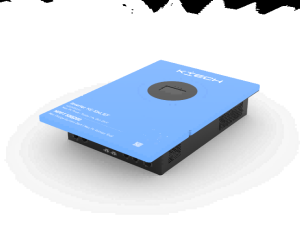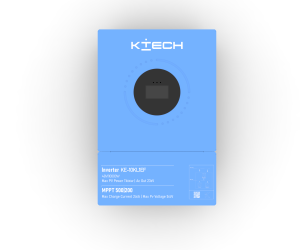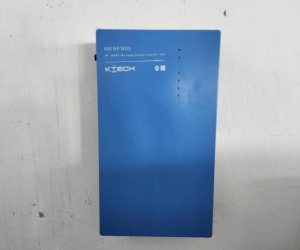马上注册,结交更多好友,享用更多功能,让你轻松玩转社区。
您需要 登录 才可以下载或查看,没有账号?Register
×
The centralized inverter is a key component in large-scale solar power systems. Advantages: 1. High Power and Efficiency Centralized inverters are designed to handle large amounts of power. They can convert the direct current (DC) from a significant number of photovoltaic (PV) modules into alternating current (AC) simultaneously. This makes them highly efficient in large-scale solar power plants where there is a substantial array of solar panels. Their efficiency levels can often reach a relatively high percentage, minimizing energy losses during the conversion process and maximizing the overall power output of the solar installation. 2. Cost-Effective for Large Installations In the context of large solar farms, centralized inverters can offer cost advantages. When compared to other types of inverters on a per-watt basis, their initial purchase cost may be lower. This is because they are designed to handle a large power capacity, reducing the need for a large number of individual inverters. Additionally, their installation and maintenance costs can be more economical in a large-scale setting as fewer units need to be managed compared to distributed inverter systems. 3. Reliable Performance in Stable Environments When installed in an environment with relatively stable conditions and proper maintenance, centralized inverters can provide reliable and consistent performance. They are typically built with robust components and are designed to operate continuously for long periods. In a well-designed and maintained solar power plant, they can contribute to a stable power supply to the grid. Disadvantages: 1. Single Point of Failure One of the major drawbacks of centralized inverters is the concept of a single point of failure. Since all the PV modules are connected to a single inverter, if the inverter malfunctions or breaks down, it can cause the entire system or a significant portion of it to stop working. This can lead to significant power losses and costly downtime for repair and replacement. The impact can be especially severe in large solar farms where the loss of power production can have a significant economic impact. 2. Limited Flexibility Centralized inverters are less flexible compared to some other inverter types. They are designed to work optimally with a specific configuration and power capacity. If there are changes in the solar panel layout or if additional panels need to be added or removed, it can be more challenging to adjust the inverter settings or configuration. This lack of flexibility can make it difficult to adapt to changes in the solar installation over time. 3. Efficiency Loss in Non-Ideal Conditions In situations where there are differences in the performance of individual PV modules due to factors like shading, dirt, or module mismatch, centralized inverters may not be able to optimize the power output of each module. This can result in efficiency losses as the inverter operates based on the overall input from the connected modules. In contrast, distributed inverter systems can often better handle such variations and optimize the power output at the module level.
|  Key Technologies & Challenges of Off-gri1830 views#Default Forum
Key Technologies & Challenges of Off-gri1830 views#Default Forum Market Potential & Future Direction of O1616 views#Default Forum
Market Potential & Future Direction of O1616 views#Default Forum How to Install a Wall-Mounted Inverter1828 views#Default Forum
How to Install a Wall-Mounted Inverter1828 views#Default Forum How to Install a Wall Mount Battery1914 views#Default Forum
How to Install a Wall Mount Battery1914 views#Default Forum